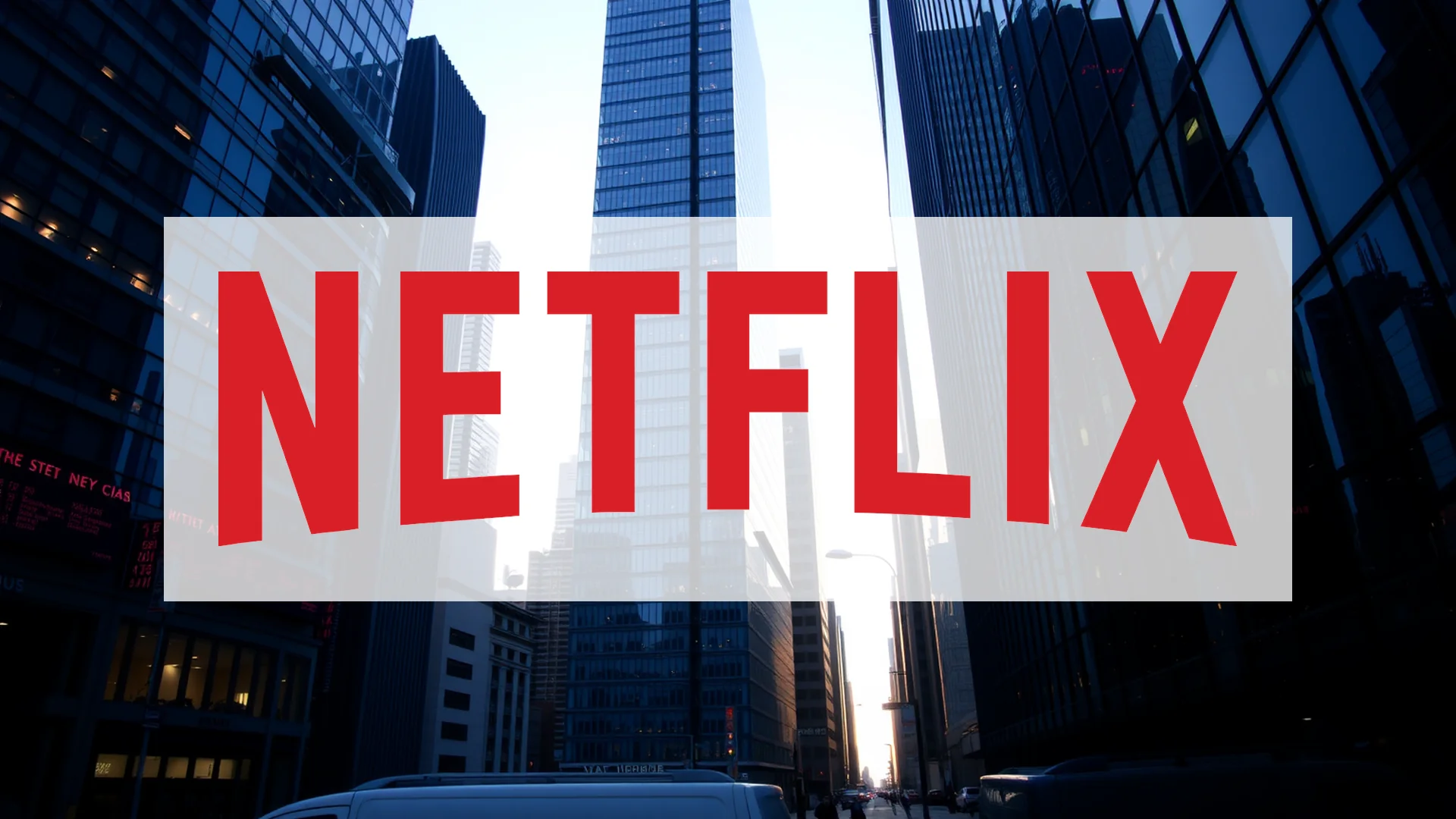TrueBlue, a prominent staffing and recruitment firm, finds itself navigating the very challenges its subsidiary PeopleScout recently identified in a comprehensive industry study. The research highlights a significant gap between corporate ambition and operational reality in talent acquisition—a sector-wide issue that is concurrently impacting TrueBlue’s own financial performance. The critical question for investors is whether the company can leverage its own insights to engineer a turnaround.
Mixed Quarterly Results Reflect Sector Headwinds
The company’s second-quarter financial results, released in early August, presented a mixed picture for analysts. TrueBlue reported a loss per share of $0.07, a figure that significantly outperformed the consensus forecast of a $0.31 loss. However, this positive surprise on the bottom line was tempered by a revenue shortfall. The company generated $396.3 million in Q2 sales, falling shy of the $400.52 million analysts had projected.
Providing a glimmer of optimism, management’s guidance for the third quarter was notably upbeat. The revenue forecast of $400 to $425 million substantially exceeded the market’s expectation of $393.2 million. This forward-looking confidence, however, is set against a backdrop of persistent investor skepticism regarding the broader staffing industry’s prospects.
Should investors sell immediately? Or is it worth buying TrueBlue?
PeopleScout Study Identifies Critical Recruitment Gaps
Amid its own operational challenges, TrueBlue’s subsidiary has pinpointed several key vulnerabilities plaguing modern talent acquisition. The “Employer Brand Reality Check” study reveals critical inefficiencies that directly affect staffing firms and their corporate clients alike:
- The Imperative of Mobile Recruiting: A overwhelming 91% of job seekers use mobile devices to search for positions, with 30% relying exclusively on them.
- Divergent AI Adoption: Usage of generative AI tools is significantly higher among senior-level candidates (29% of VP and Executive candidates) compared to just 7% of the overall applicant pool.
- An Authenticity Deficit: Nearly half (47%) of applicants find employee-generated content to lack sufficient authenticity, creating a trust gap.
- Application Friction: Over a third (37%) of job applications require more than 20 minutes to complete, presenting a major barrier to entry, particularly for hourly roles.
Market Valuation Signals Investor Caution
The market’s apprehension is clearly reflected in TrueBlue’s stock performance. Shares have declined more than 22% since the start of the year and are trading well below key moving averages. Furthermore, the stock’s volatility, exceeding 55%, underscores the significant uncertainty investors feel toward the sector due to its structural headwinds.
The central dilemma for TrueBlue is whether it can successfully apply its own diagnostic research to heal its business. The upcoming quarterly earnings report will serve as a crucial test, revealing whether management’s optimistic outlook was warranted or if the company remains ensnared in the same challenges it so adeptly analyzes for others.
Ad
TrueBlue Stock: Buy or Sell?! New TrueBlue Analysis from December 3 delivers the answer:
The latest TrueBlue figures speak for themselves: Urgent action needed for TrueBlue investors. Is it worth buying or should you sell? Find out what to do now in the current free analysis from December 3.
TrueBlue: Buy or sell? Read more here...










